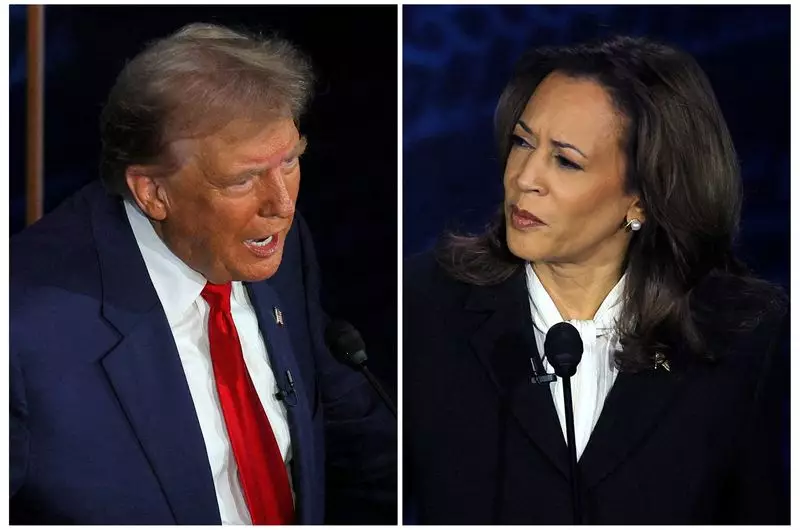As the 2024 U.S. election approaches, the economic implications for the U.S. dollar are drawing increasing scrutiny. Market analysts are analyzing the potential outcomes and their likely effects on the currency market. With contrasting scenarios depending on the election results, investors must carefully navigate the landscape to understand the dollar’s trajectory amidst political shifts. The prevailing wisdom suggests that reactions in the currency market might be short-lived, and immediate post-election movements may not be indicative of longer-term trends.
Market analysts anticipate that different election outcomes could yield varied short-term effects on the dollar. Should former President Trump secure victory, initial gains for the dollar are expected, driven by anticipations of fiscal stimulus and potential tax cuts. Conversely, if Vice President Kamala Harris wins, immediate dollar weakness may occur as markets adjust to the prospect of increased taxation or regulatory changes that could dampen investor sentiment. However, it is crucial to consider that these reactions may not sustain themselves as prevailing economic conditions and policy outcomes emerge.
The analysis from financial institutions indicates that regardless of a Trump or Harris presidency, the immediate market response might not set a long-term trend. A clean sweep for Republicans could paint a bullish scenario for the dollar, particularly if fiscal stimulus ideas translate into concrete policies that reassure investors. On the other hand, a divided government might not provide the fiscal clarity the market craves, making it difficult for the dollar to maintain momentum. Notably, scenarios involving a Democratic clean sweep could lead to what analysts describe as a “sling-shot path,” where initial declines in dollar value could reverse due to expected policy shifts over time.
Historically, the dollar tends to exhibit strength leading up to U.S. elections, driven by increased safe-haven demand. This trend is tied to market participants’ desire for stability amidst political uncertainty. As the election date nears, currency traders may flock to the dollar, raising its value while speculation swirls around potential policy changes. However, analysts warn that after the elections, the expectations of what the new administration will enact could change significantly, leading to volatility in the dollar’s value.
Investors should exercise caution in betting on the dollar’s immediate post-election performance as a precursor to its behavior through 2025. Analysts emphasize the importance of looking beyond initial market reactions and assessing whether subsequent policy outcomes align with pre-election expectations. In a political environment characterized by unpredictability, many external factors will come into play, and the ultimate test will be the real-world impact of policies that follow the election outcome. The key takeaway is clear: understanding the broader implications of the election and remaining alert to changing dynamics in fiscal, trade, and monetary policy will be paramount for successful investment strategies moving forward.

